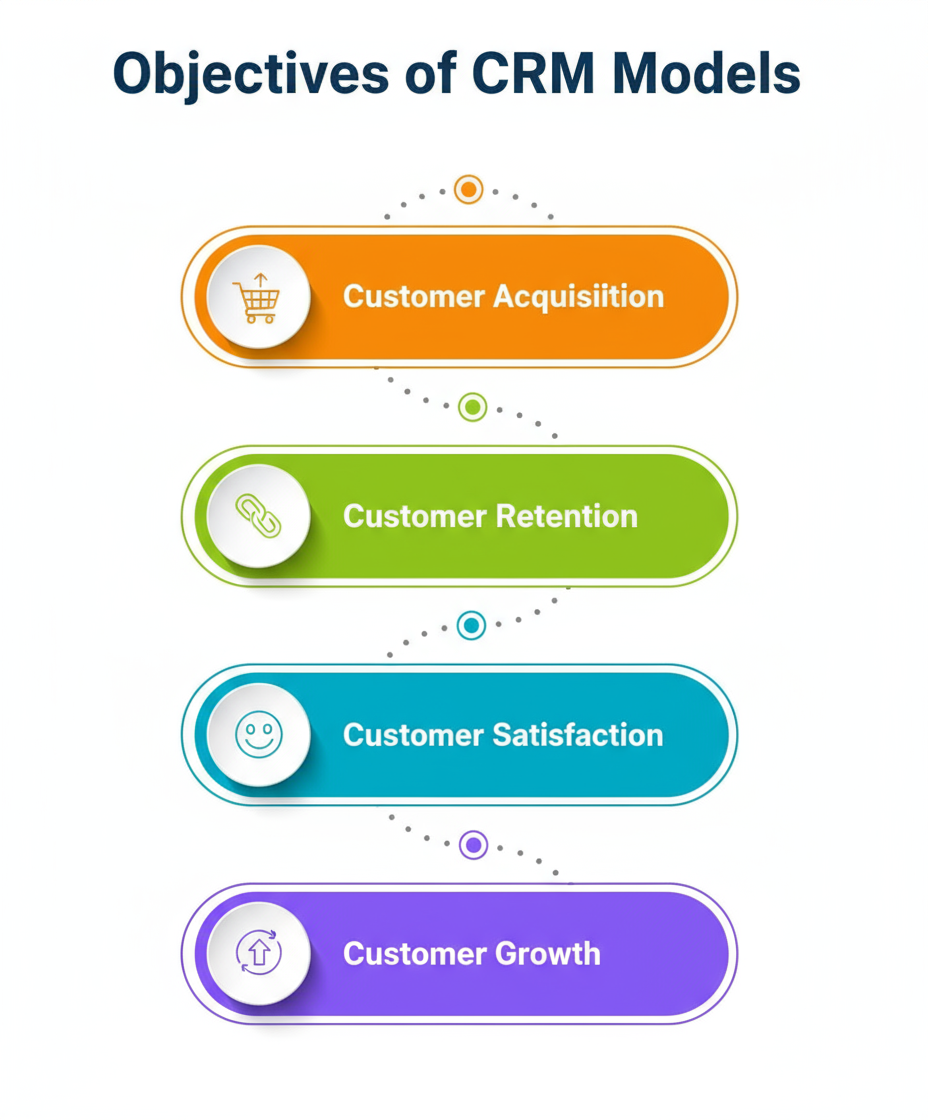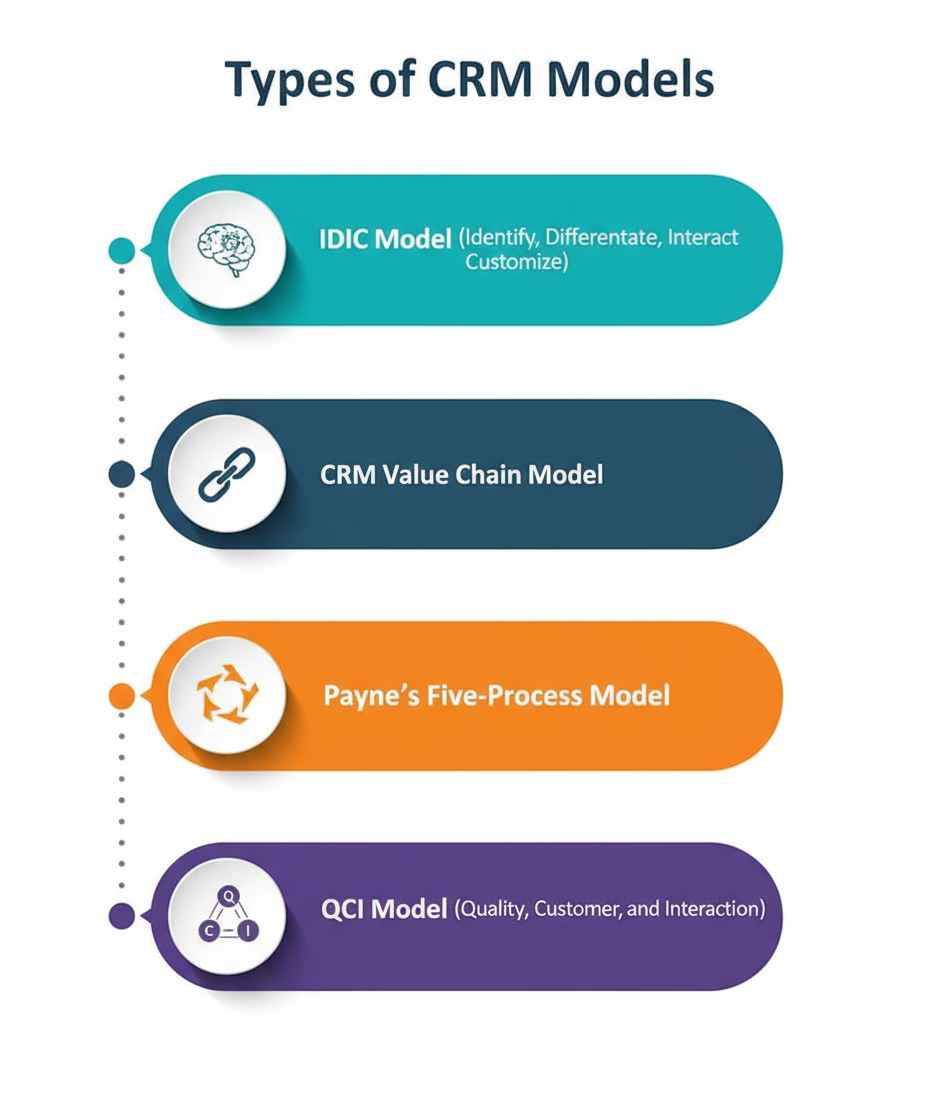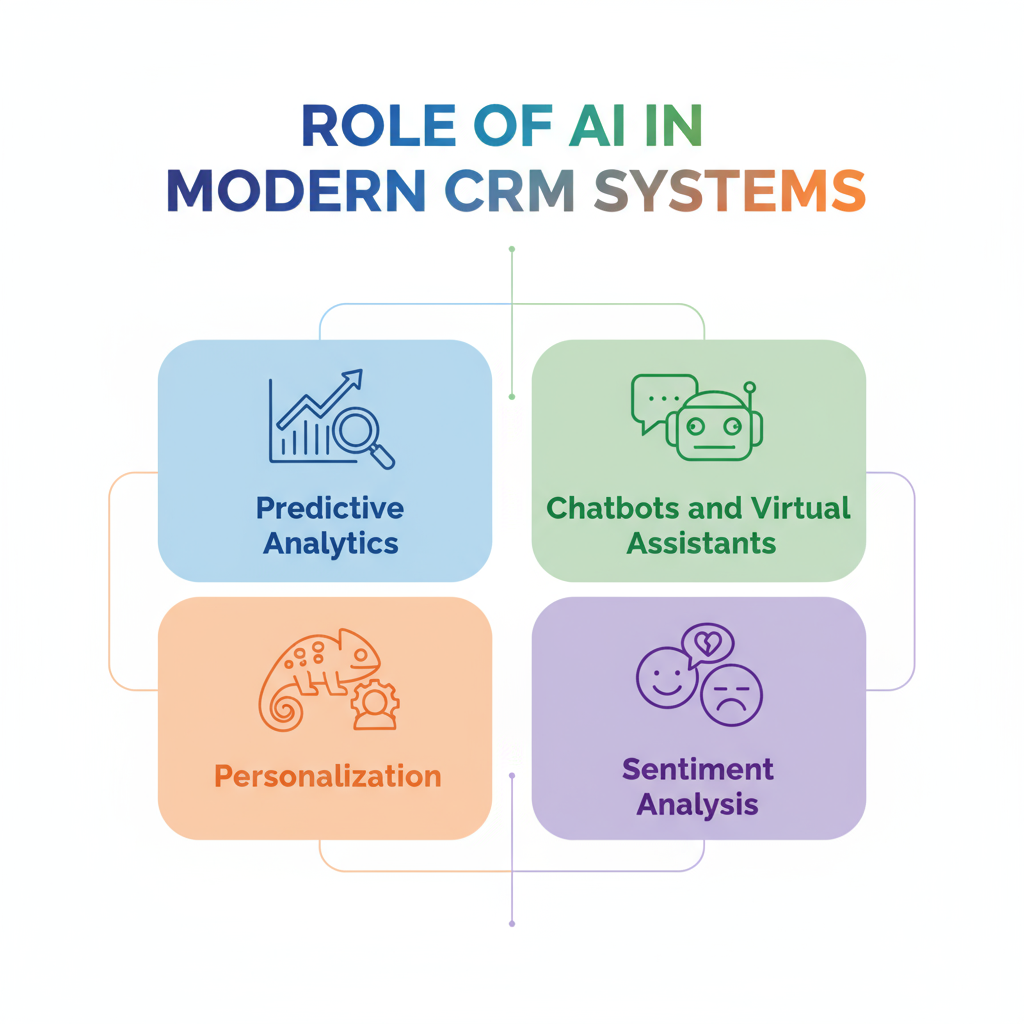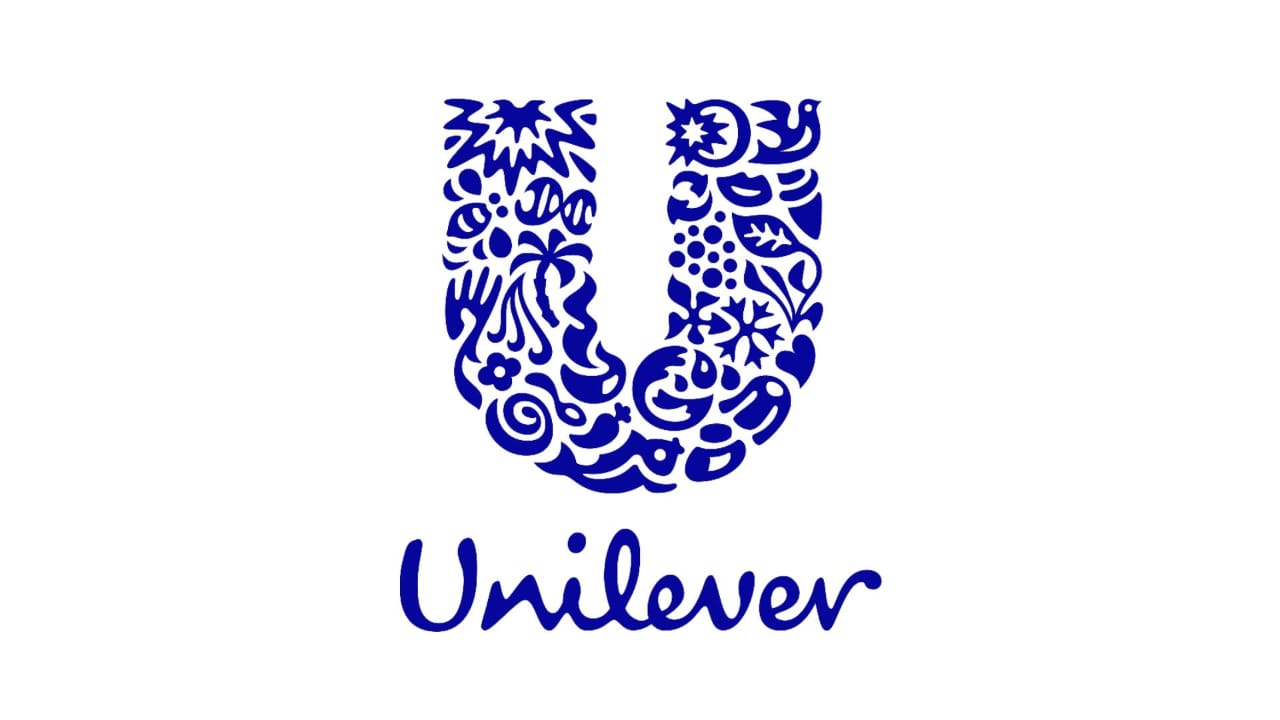Introduction
In today’s digital economy, customers expect personalized experiences and quality products. Businesses that meet these expectations differentiate themselves in a competitive market.
Customer Relationship Management (CRM) is central to customer-focused strategies. It enables companies to analyze customer behavior, improve communication, and deliver value that fosters loyalty and trust.
However, a CRM system alone isn’t enough. To use it effectively, businesses rely on CRM models—strategic frameworks that guide the development, maintenance, and strengthening of customer relationships throughout the customer journey.
What are CRM Models?
CRM models serve as structured blueprints that help businesses manage and enhance their interactions with customers.
- They serve as a guide for grasping customer needs, organizing information, and crafting personalized experiences that foster long-term loyalty.
- Rather than relying on guesswork, CRM models provide clarity and strategy at every step of customer engagement—from bringing in new clients to keeping them around.
- They help companies unite their sales, marketing, and service teams toward a common goal: ensuring customer satisfaction.
In a nutshell, CRM models convert information into valuable insights and interactions into genuine relationships. They take everyday data and turn it into actionable strategies that cultivate meaningful connections and promote sustainable business growth.
Objectives of CRM Models

The core purpose of CRM models is to assist businesses in cultivating stronger, more meaningful relationships with their customers by aligning strategies across marketing, sales, and service areas.
- Customer Acquisition: CRM models play a crucial role in helping businesses attract potential customers through focused marketing and personalized outreach, which leads to better conversion rates and stronger initial engagement.
- Customer Retention: They prioritize maintaining long-term relationships by delivering consistent value, timely communication, and loyalty programs that encourage customers to return.
- Customer Satisfaction: By analyzing customer preferences and behaviors, CRM models allow companies to provide tailored experiences that enhance satisfaction and foster trust.
- Customer Growth: These models aim to elevate customer lifetime value through techniques like cross-selling, up-selling, and ongoing engagement that deepen loyalty and drive profitability.
Benefits of CRM Models

CRM models offer more than just a framework for managing customer data—they actively enhance the way businesses engage with clients. By guiding strategies and processes, these models help companies build loyalty, boost efficiency, and drive sustainable growth.
- Strengthening Connections: CRM models empower businesses to truly understand and predict what their customers need, nurturing deeper relationships and fostering loyalty over time.
- Enhancing Customer Retention: By monitoring interactions and personalizing experiences, CRM models boost satisfaction levels and encourage customers to return again and again.
- Data-Driven Insights: These models extract actionable insights from customer data, allowing businesses to develop smarter marketing, sales, and service strategies.
- Boosting Sales: With focused outreach and opportunities for cross-selling and up-selling, CRM models help businesses maximize the lifetime value of their customers.
- Optimizing Operations: CRM models bring teams together across various departments, enhancing communication, efficiency, and ensuring a consistent approach to customer interactions.
Types of CRM Models

There are several frameworks for CRM models, each crafted to assist businesses in effectively managing their customer relationships. Grasping these different types enables companies to pick the right strategy for engaging, retaining, and growing their customer base.
IDIC Model (Identify, Differentiate, Interact, Customize)
The IDIC model is designed to deliver personalized experiences that really resonate with customers. It begins with businesses identifying their customers and collecting relevant data.
They differentiate customers based on their value, preferences, or behaviors to tailor their engagement strategies.
Through interaction, companies can better understand their customers and customize their offerings, resulting in solutions that promote loyalty and satisfaction.
CRM Value Chain Model
The CRM Value Chain Model seeks to generate value for both customers and businesses by initially identifying key customer segments and analyzing their specific requirements.
Subsequently, organizations develop and deliver value propositions that align closely with the identified customer needs.
Ultimately, fostering ongoing partnerships and managing relationships is key to ensuring long-term engagement, which enhances mutual benefits and bolsters customer trust.
Payne’s Five-Process Model
Payne’s model brings together CRM within five essential processes: strategy development, value creation, multichannel integration, information management, and performance assessment.
It makes sure that CRM is uniformly applied across marketing, sales, and service departments.
By aligning these processes, companies can create seamless customer experiences and track the effectiveness of their CRM strategies, enabling continuous improvement.
QCI Model (Quality, Customer, Interaction)
The QCI model emphasizes quality at every customer touchpoint. To ensure service standards are met consistently, it encourages collaboration between teams.
Building on this, by focusing on understanding customer needs and maintaining effective communication, companies can enhance satisfaction.
Furthermore, continuous monitoring of interactions allows for ongoing improvements, fostering stronger, long-lasting relationships.
How CRM Models Drive Better Customer Relationships
CRM models offer a well-organized and strategic way to handle customer interactions. By diving into customer behavior, preferences, and purchase history, businesses can get ahead of their customers’ needs and provide solutions just when they’re needed.
- This forward-thinking approach leads to more meaningful connections and helps avoid dissatisfaction or missed chances.
- These models pave the way for personalized communication and tailored services throughout the customer journey. Whether it’s customized offers or attentive support, every interaction is crafted to make customers feel appreciated and understood.
- This kind of personalization builds trust, enhances satisfaction, and encourages customers to return. CRM models play a crucial role in aligning marketing, sales, and customer service teams, ensuring that every interaction conveys a consistent message and quality.
- It cuts down on confusion, boosts responsiveness, and elevates the overall customer experience. By turning insights into actionable steps, CRM models can transform everyday transactions into lasting relationships, turning customers into loyal advocates for the brand.
Role of AI in Modern CRM Systems

Artificial Intelligence (AI) is revolutionizing CRM by shifting it from a reactive approach to one that’s all about predictive intelligence. With AI-driven CRM systems, businesses can dive deep into customer behavior, anticipate buying trends, and automate everyday interactions with remarkable accuracy.
Let’s break down how AI boosts CRM:
- Predictive Analytics: AI can predict what customers will need, flag potential churn risks, and recommend personalized actions to keep high-value customers engaged.
- Chatbots and Virtual Assistants: These AI tools can quickly handle basic questions, providing support around the clock and allowing human agents to tackle more complex tasks.
- Personalization: Machine learning algorithms dynamically segment customers and customize communication for the best engagement possible.
- Sentiment Analysis: AI can gauge the tone and emotions in customer messages or feedback, helping brands respond with empathy and the right approach.
In summary, AI is transforming CRM from a simple record-keeping system into a smart relationship manager—one that learns, adapts, and improves with every interaction.
Case Study
Unilever

Unilever utilizes CRM systems to achieve a well-rounded understanding of its customers, pulling in data from various channels such as social media, e-commerce platforms, and retail interactions. This thorough method enables the company to keep a pulse on consumer preferences and behaviors in real time.
With this data in hand, Unilever designs personalized marketing campaigns and product recommendations for various customer segments. For example, targeted promotions and loyalty programs are effective in boosting engagement and encouraging repeat purchases across its diverse product lineup.
Additionally, Unilever integrates its CRM with supply chain and sales operations, which allows for a quicker response to market trends and customer demands. This cohesive strategy not only strengthens customer relationships but also enhances satisfaction and fosters brand loyalty worldwide.
Amazon

Amazon leverages CRM to craft a shopping experience that feels uniquely tailored to each customer. By keeping tabs on browsing habits, purchase history, and wishlist items, Amazon collects valuable insights that allow it to predict what customers want and need in real time.
These insights empower Amazon to provide personalized product suggestions, targeted promotions, and customized emails, all of which significantly boost conversion rates and customer engagement. Their recommendation engine is a key player in driving repeat purchases and fostering loyalty.
Moreover, Amazon seamlessly integrates CRM with its customer service and logistics systems, ensuring that issues are resolved quickly, orders are tracked efficiently, and the post-purchase experience is smooth. This comprehensive strategy builds trust, enhances satisfaction, and solidifies Amazon’s status as a frontrunner in customer-focused e-commerce.
Uber

Uber effectively manages its relationships with riders and drivers through CRM. By collecting real-time data from its app—like trip history, preferences, and user feedback—Uber gains valuable insights into user behavior and service needs.
This data allows for personalized communication and tailored offers, such as targeted discounts, ride promotions, and loyalty rewards, which encourage riders to stay engaged with the platform. Drivers also receive customized incentives and support based on their performance and activity levels.
By integrating its CRM with customer support and operational systems, Uber ensures quick issue resolution, seamless ride scheduling, and smooth payment processes. This all-encompassing approach enhances satisfaction, strengthens loyalty, and helps Uber stay ahead in the competitive ride-hailing industry.
Conclusion
CRM models provide businesses with a structured way to strategically manage their customer relationships. They help guide interactions, analyze behaviors, and personalize engagement, enabling companies to anticipate customer needs and create meaningful experiences.
By integrating CRM models with technology and AI, businesses can significantly enhance their efficiency. This powerful combination allows for real-time insights, predictive analytics, and automated personalized communication, which strengthens customer loyalty, drives repeat business, and boosts customer lifetime value.
In essence, CRM models are more than just tools; they are strategic frameworks that turn data into actionable insights and transform transactions into long-lasting relationships. Companies that effectively implement these models can build trust, foster satisfaction, and maintain a competitive edge in today’s customer-focused marketplace.
